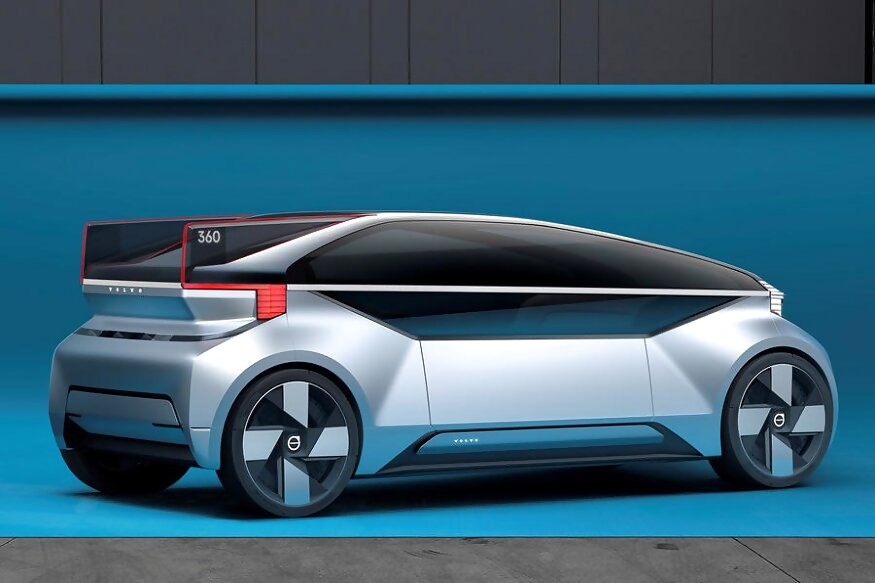
views
Volvo says it's now imagining a world where driverless vehicles could be used replace short-haul air travel, and to illustrate its vision the Swedish automaker has now unveiled a fully autonomous concept, the 360c.
The company has been issuing some cryptic teasers recently, but now it has taken the big step of revealing the 360c concept in full. Volvo's head of corporate strategy, Mårten Levenstam, says the concept is designed to offer "a glimpse at how autonomous drive technology will change the world as we know it." He then goes on to add: "The possibilities are mind-boggling."
A lot of futuristic concepts lately have started to shy away from full autonomy, possibly as a result of a number of recent studies indicating public perception is a long way from fully embracing the idea of completely driverless vehicles. However, Volvo isn't holding back with the 360c, which it says: "reimagines how people travel, how they engage with friends, family and contacts, and how they can recapture time while travelling."

To further illustrate how Volvo is going all-in with the driverless theme with this one, the 360c is what's described as a Level 5 autonomous vehicle. That means it is designed to require no human input whatsoever, and even abandons the traditional two and three rows of passenger seating adopted by current models as they have to accommodate a position for a human driver. Instead, the 360c can be configured in any number of imaginative ways, which could include it being configured as a mobile bedroom, office, living room or entertainment space. It really does leave up to the imagination what the considerable cabin space could be used for.
Levenstam adds: "We regard the 360c as a conversation starter, with more ideas and answers to come as we learn more. Yet we believe fully autonomous drive has the potential to fundamentally change our society in many ways. It will have a profound impact on how people travel, how we design our cities and how we use infrastructure."
Although fully autonomous and having the potential to be used in ways almost impossible for current vehicles needing a driver, the 360c still looks how we expect a vehicle to look. There's a distinct front fascia with what appears to be a headlight arrangement, and the rear has the back wheels pushed right to the corner and a spoiler-type fins that integrate into the beltline and roof.
Part of the vision is that vehicles like the 360c could travel at night and journeys of around 200 miles could be quicker than an equivalent flight. With a business class-style cabin and a flat bed, they could certainly be more comfortable than a flight, but whether it could really be quicker is open for debate.


















Comments
0 comment